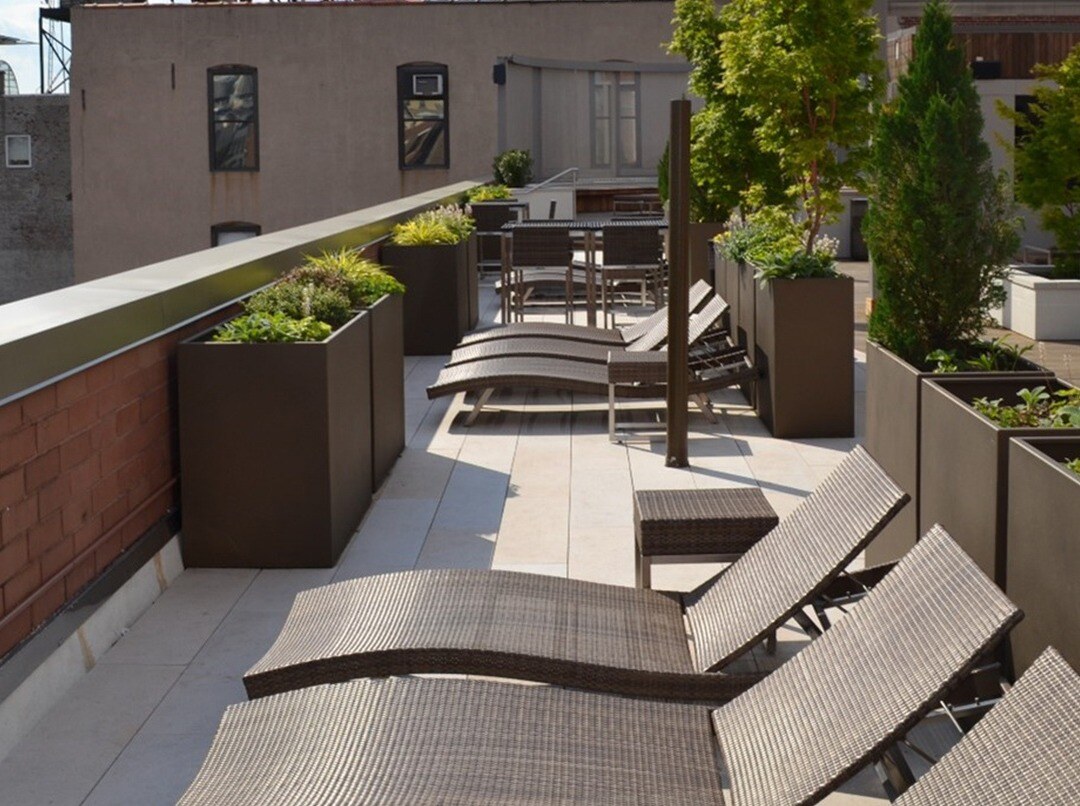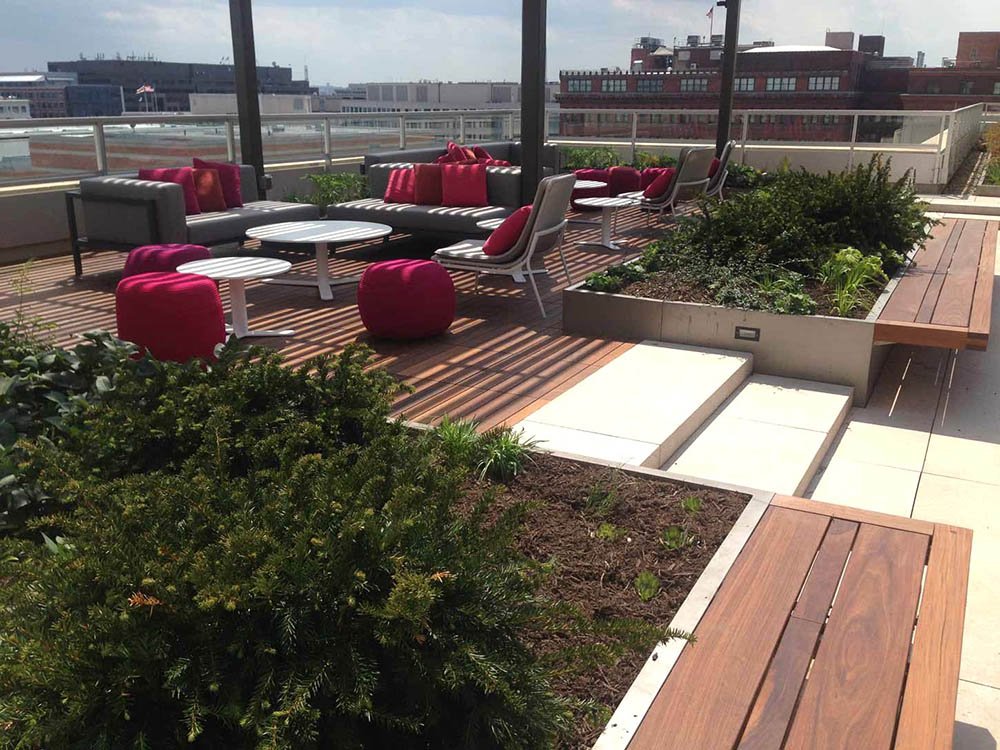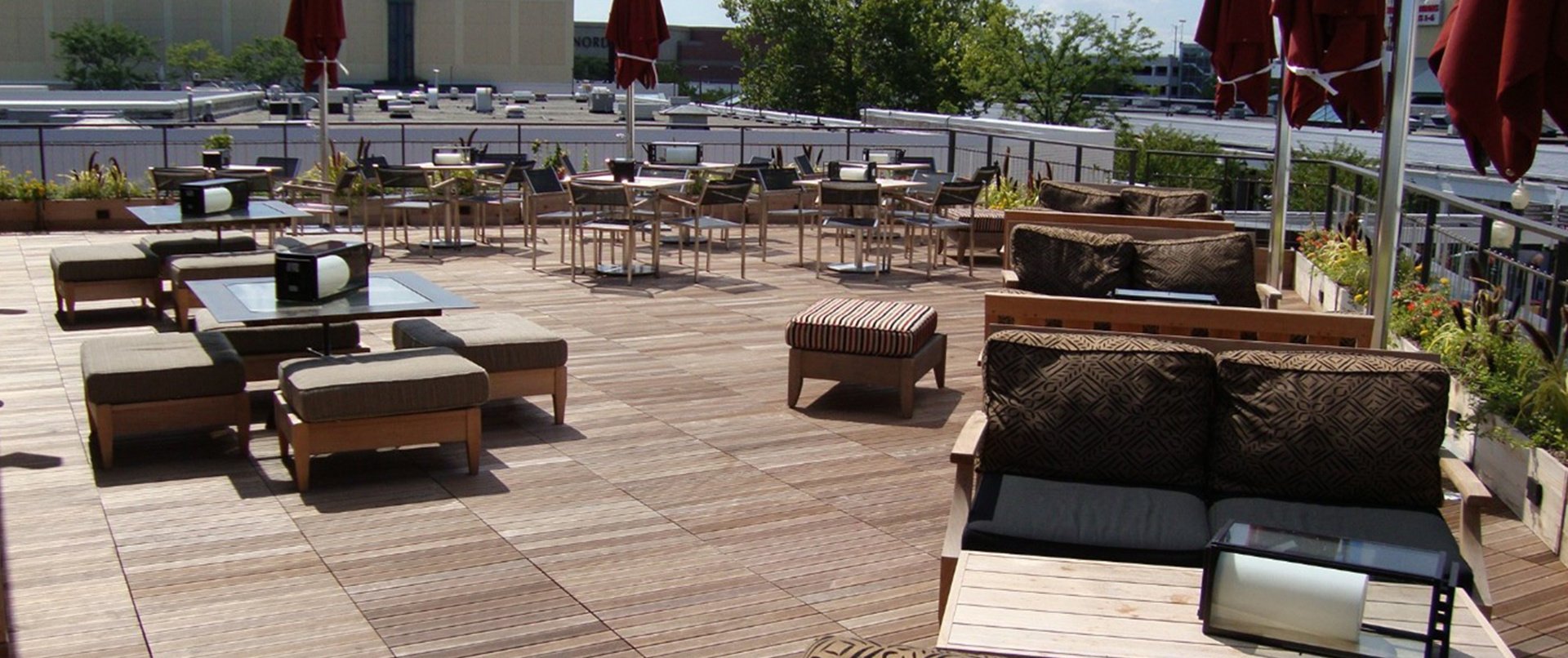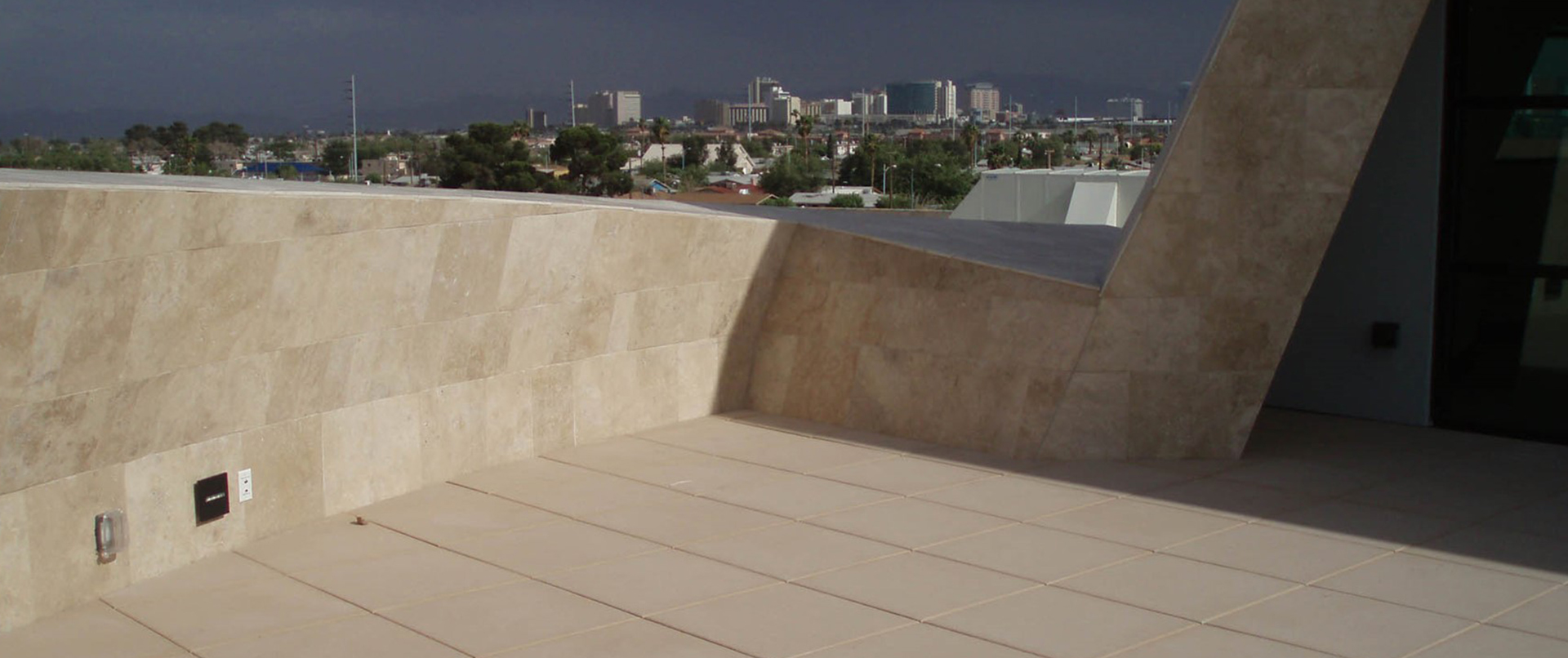If you’re wondering about an existing or upcoming design/build or retrofit project and how to become a LEED-certified building, you'll get a good start in understanding the guidelines today. Buildings seeking LEED certification undergo an extensive review to meet the necessary criteria. Let's discuss the requirements for becoming LEED-certified and some of the benefits of meeting this standard.
What Does LEED Certified Mean?
What does LEED-certified mean? It means that a building or development has been designed and built using green construction practices that minimize the environmental impact.
LEED stands for Leadership in Energy and Environmental Design. It is a rating system developed by the U.S. Green Building Council (USGBC) to evaluate the environmental performance of a building or development. LEED certification is awarded to buildings or developments that meet specific criteria, such as energy efficiency, water conservation, materials selection, and indoor environmental quality.
Hundreds of thousands of projects are currently participating in LEED, spanning all 50 states of the US and more than 160 countries. LEED v4, the latest version of the rating system, was released in 2013.
The U.S. Green Building Council (USGBC) administers the LEED green building certification program. USGBC is a 501(c)(3) nonprofit organization that promotes sustainable building and development practices through a variety of programs and resources, including education, research, advocacy, and collaboration.
The program continually evolves to keep pace with the latest in green building science and technology, and new versions of the rating system are released every few years.
What Are the Benefits of Becoming LEED Certified?
Buildings awarded LEED certification can expect numerous benefits, including reduced operating costs, increased asset value, improved occupant health and productivity, and being generally more environmentally responsible.
Operating Cost Savings
One of the most significant benefits of becoming LEED-certified is the potential for reduced operating costs. Studies have shown that LEED-certified buildings consume less energy and water than traditional buildings. These cost savings are due to the increased efficiency of LEED-certified buildings, which results in lower utility bills. In addition, LEED buildings often qualify for utility rebates and other financial incentives.
Asset Value Enhancement
LEED certification can also increase the value of your building assets. A study by CBRE found that LEED-certified office space fetches a rental premium per square foot compared to traditional office space. This rental premium is driven by higher demand from tenants for green buildings.
Improved Occupant Health and Productivity
LEED-certified buildings can also provide a healthier and more productive environment for occupants. The increased ventilation and air quality in LEED buildings have been shown to reduce sick building syndrome symptoms, such as headaches and fatigue.
Reduced Environmental Impact
Finally, becoming LEED certified can help reduce your building project's environmental impact. LEED buildings are designed to be more energy-efficient and use fewer natural resources than traditional buildings. As a result, they have a smaller carbon footprint and generate less air pollution and water waste.
How To Get a Building LEED Certified?
The Leadership in Energy and Environmental Design (LEED) Green Building Rating System™ is a voluntary, consensus-based national standard for developing high-performance, sustainable buildings.
The LEED certification program promotes a whole-building approach to sustainability by recognizing performance in five critical areas of human and environmental health:
- Sustainable site development
- Water savings
- Energy efficiency
- Materials selection
- Indoor environmental quality
To receive LEED certification, building projects earn points across these categories. Certified, Silver, Gold, and Platinum levels of LEED certification are awarded based on the total number of points earned after a LEED assessment.
Building projects considering how to become a LEED-certified building must strive for optimum performance in each category by implementing various strategies. Depending on the LEED category, those strategies might include:
Sustainable Site Development
- Minimizing a project’s site disturbance
- Preserving open space and habitat
- Maximizing the use of on-site renewable energy sources
- Connecting occupants to mass transit
- Promoting alternative transportation modes such as walking and biking
Water Efficiency
- Reducing potable water consumption through the use of water-efficient fixtures and appliances
- Reducing irrigation water needs by using native and drought-resistant landscaping
Energy Efficiency and Renewable Energy
- Optimizing a project’s energy performance
- Generating on-site renewable energy
Materials and Resources
- Specifying materials with recycled content
- Using certified wood products
Indoor Environmental Quality
- Improving indoor air quality through the use of low-emitting materials and improved ventilation rates
- Maximizing daylight and views for occupants
For more information on how to get a LEED-certified building, please visit the USGBC website.
Ready To Start Your Next Project?
We’d love to help. At Bison, we specialize in creating unique rooftop experiences for all types of buildings – from apartment communities and hotels to workspaces and restaurants. Our full product line features many ways for you to earn LEED points. If you need help designing or sourcing your next project, let’s talk.
Important Notice: Bison Innovative Products recommends that all rooftop deck systems should be installed by a licensed contractor with at least 2 years of proven experience. Plans/designs for a rooftop deck should be reviewed by a safety/structural engineer before commencing construction. The roof must be able to safely carry the static and live load weights of the rooftop deck, and any amenities added along with the appropriate density of any insulation to resist crushing and damaging the waterproof membrane. Adding items such as hardscaping features, hot tubs, or pools to a rooftop deck requires additional guidance and oversight from an engineer. Property owners should research and abide by any building codes and other regulations to obtain the required permits prior to having a rooftop deck installed. Please read all product specifications posted on Bisonip.com to review all information prior to any installation.
.png?width=100&height=100&name=BisonIP-logo-PMS425-2023%20(1).png)



